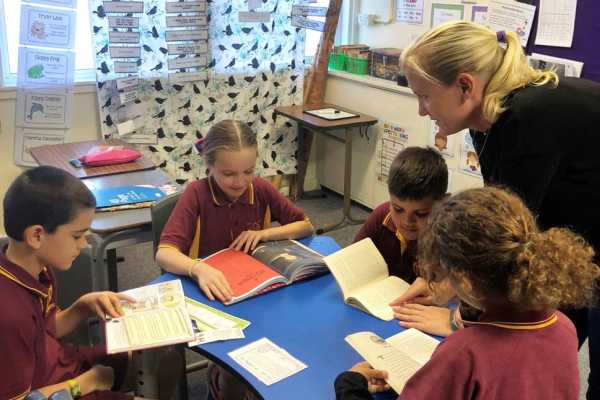Published on the 12/07/2019 | Written by Heather Wright

Te Rito: One school system to rule them all begins rollout…
The Ministry of Education has taken on another ambitious IT project, this time to create a national learner repository to store student information and assessments in a single, cloud-based system so student data can be more easily shared and follow the student throughout their education.
The software, called ‘Edsby’, was created by Toronto-based CoreFour and it will exchange data with the various school management systems used by New Zealand’s 2,500 public schools.
Wendy Hamilton, Ministry of Education group manager for data and information stewardship, told iStart the Te Rito platform will provide information to enable better decision making around education at an individual learner level, while also providing de-identified information to enable schools and the wider education sector create better informed policies.
“Ultimately we’d like to see this as a life-long learning record.”
The move, awarded a gong in the education category of Microsoft’s recent global partner awards, coincides with the dropping of national standards for assessment of student achievement.
The Microsoft award reflected the fact that the browser-based SaaS solution is hosted on Microsoft’s Azure platform and integrates with Microsoft Office 365.
The system is beginning an early stage rollout with a community of learning in the Bay of Plenty in October, followed next year by a second early stage rollout to a small group of schools in Auckland. From there it will be rolled out to all New Zealand public schools in a staged approach, to upload data on their 800,000 students.
But that might just be the start.
“We see this operating in the schooling sector, years 1-13, but we also see it rolling out into early childhood education and also the transitioning to tertiary,” Hamilton says.
“Ultimately we’d like to see this as a life-long learning record because learning doesn’t stop at the end of secondary or tertiary. We are lifelong learners and we are even looking at this in terms of a lifelong learning record.”
So what’s in it for students and teachers?
Hamilton says the system will enable teachers, and parents and whānau to support the learners better.
“Essentially what we’re trying to do is create a national repository where we will have a longitudinal record for the learner, which belongs to the learner, and will travel with them through their education.
“This will mean that really important and rich information is available to educators as learners go through that journey and that means that better decisions can be made by the learner, by the teacher and also by the parents and whānau who are supporting the learner.”
Teachers will be able to see any information about support students have previously had and whether that support has been effective. But Hamilton says the system isn’t just about deficits in learning.
“It’s also to understand what opportunities a learner needs and how they can be provided.”
And she’s quick to note that it won’t replace teachers’ professional judgements, instead providing them with richer information to inform their own views and decide the best course of action for a student.
“The system is in no way trying to supersede the teacher in that. The teacher is the best one to make professional judgement.”
“This will give them a lot richer information about the learner and some clues as to what support they’ve had in the past, whether it has been effective or not, whether it has been timely. It informs the teacher’s professional judgement with a lot richer information to make those decisions.”
Beyond individualised learning scenarios, Hamilton says Te Rito will provide anonymised, de-identified data in dashboards for teachers and school principles to use to spot trends.
“They might see for example a particular trend with year 12 girls, or that seven-year-old boys in a class need reading support.
“It gives some really granular information at a community level that can inform teacher’s decisions on what interventions they want to make. It’s also really powerful then in monitoring the effectiveness of those interventions. If the teacher sees a trend and takes an intervention, they can see if it’s working or not because the data they’ll receive will be timely, up-to-date information.”
Given the depth of information being collected, Hamilton says security and privacy is a prime concern.
“We have very stringent cyber security checks. All systems have to go through a government-lead process whereby they are certified and accredited only after stringent security checks. We are making sure all platforms on which this system will sit will be secured from the outside and access will be audit-trailed and monitored. Security provisions will be reviewed on an ongoing basis.”
Data will be hosted in Ministry-approved cloud data centres, operated by Microsoft.
Hamilton says only information needed to support the learning will be collected and access to individual information will only be available to those dealing with a learner. Once a student moves on from a teacher, that teacher won’t have access to the information anymore.



























